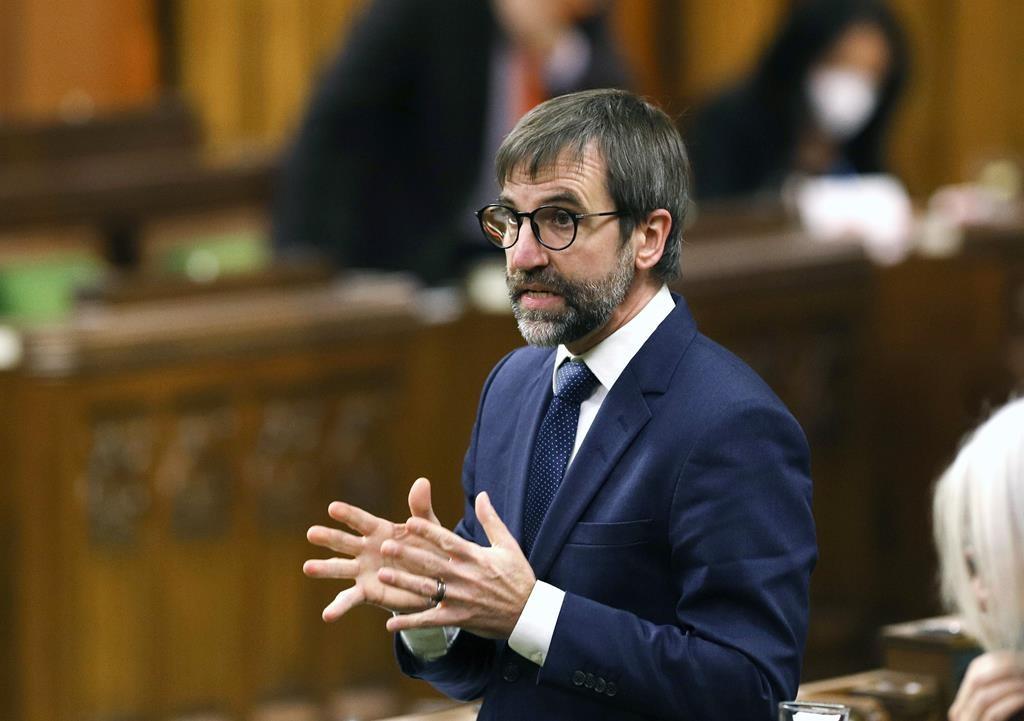A new federal climate plan says Canada’s oil and gas industry will need to cut greenhouse-gas emissions by 42 percent from current levels by 2030 if the country is to meet its net-zero emissions target in 2050.
The 2030 Emissions Reduction Plan also introduces a tighter schedule for Canadian vehicle sales to transition to electric models, promising a requirement that one in five new passenger vehicles be battery-operated within four years, 60 percent by the end of 2030, and ultimately 100 percent by 2035.





